Fashion Fairs and Trade Show Fashion: What Buyers and Brands Need to Know

Imagine entering a bustling fashion fair trade show, where the air buzzes with anticipation, and the latest trends in women's apparel and accessories adorn every corner.
Quick Summary
At bustling fashion trade shows, professionals connect to explore innovative designs and establish crucial business relationships. These events serve as key platforms for networking, identifying trends, and securing orders, particularly in vibrant cities like Los Angeles and New York. Attendees gain insights into the latest market demands and consumer interests, allowing for effective competitor analysis and product sourcing. The dynamic atmosphere fosters creativity and collaboration, ultimatel
Here, at one of the many fantastic fashion trade shows, industry professionals from around the world gather to showcase their innovative designs, from children's clothing to contemporary fashion.
These events are not just about displaying products; they are pivotal for networking, discovering new trends, and forging potential business partnerships that could redefine a brand's market position.
Fashion fairs and trade shows serve as crucial catalysts for growth in the fashion industry. In cities like Las Vegas, Cape Town, and Los Angeles, these gatherings allow designers, fabric buyers, and retailers to connect under one roof, turning many individual ambitions into a collective forward thrust for the industry.
For many, attending these shows is a key component of their fashion business plan, offering a glimpse into the latest footwear and jewelry trends and educational seminars illuminating the path to industry success.
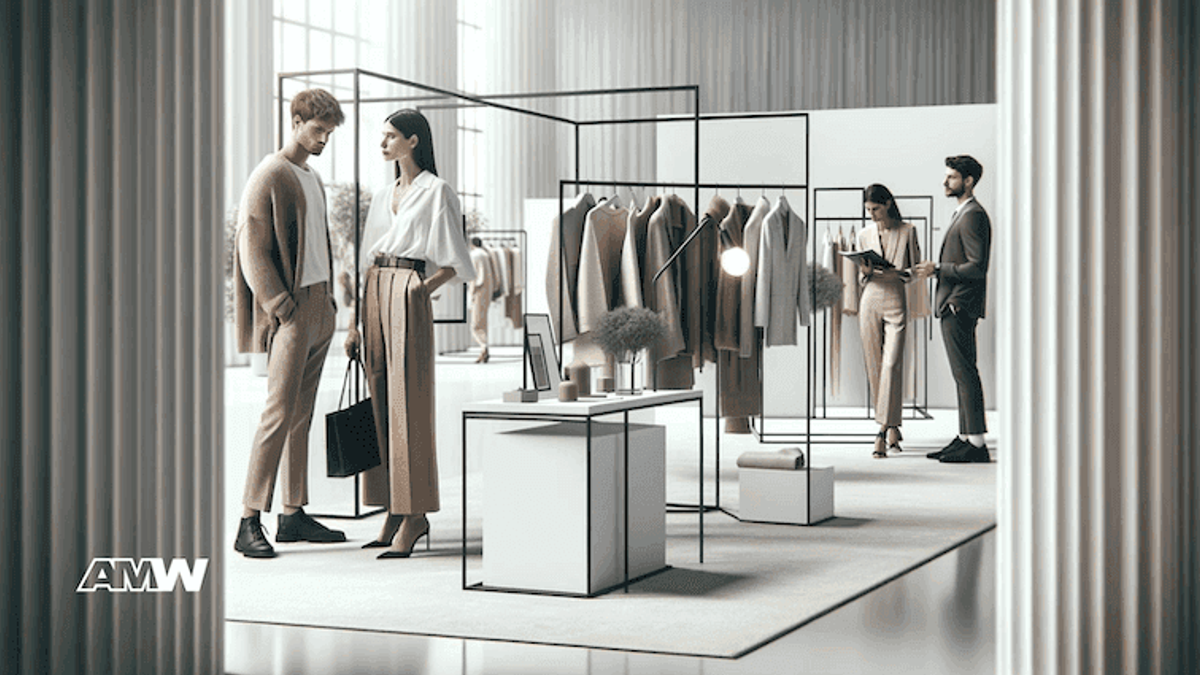
Understanding Fashion Fairs and Trade Shows
A fashion trade show is a professional gathering designed for brand representatives, designers, and buyers to share ideas and introduce new lines to the market. Unlike traditional fashion shows, where the spectacle is focused on the runway, trade shows like those held annually in New York or Salt Lake City prioritize business transactions and relationship building.
They are strategic marketplaces for apparel sourcing and showcasing new collections to potential buyers and fellow designers.
One key difference between these events and other fashion shows is their focus. While a fashion show might highlight artistic expression and upcoming styles for the public and press, trade shows and apparel trade shows are tailored for industry insiders.
They are the breeding ground for the next event planning, spotting new trends, and securing orders for the next season. Trade fairs, another essential facet of the industry, often have a broader scope, including international trade in sectors like footwear, accessories, and men's fashion, providing a platform for global brands to exhibit their latest innovations.
In Los Angeles, for instance, a particular show might focus exclusively on young contemporary and children's apparel, drawing a specific crowd that includes independent boutiques and serious retail buyers looking for unique and market-ready designs. Similarly, Outdoor retailers offers a specialized venue for brands geared toward outdoor apparel and gear, highlighting how different locations and shows can attract distinct market segments.
These events are about the immediate transactions, the relationships they build, and the long-term strategies they support.
Whether it's a clothing trade show in Long Beach or an accessories market in Cape Town, each gathering serves as a crucial point of connection for designers to meet with fabric buyers and retailers to discover new brands and for all attendees to gauge the pulse of the contemporary apparel industry.
Through these vibrant and dynamic events, fashion professionals gain invaluable insights, network with key players, and position their businesses at the forefront of the industry. Each trade show and trade fair showcases the latest trends and heralds the coming together of creativity and commerce in the ever-evolving tapestry of global fashion.
Why Attend Fashion Trade Shows?
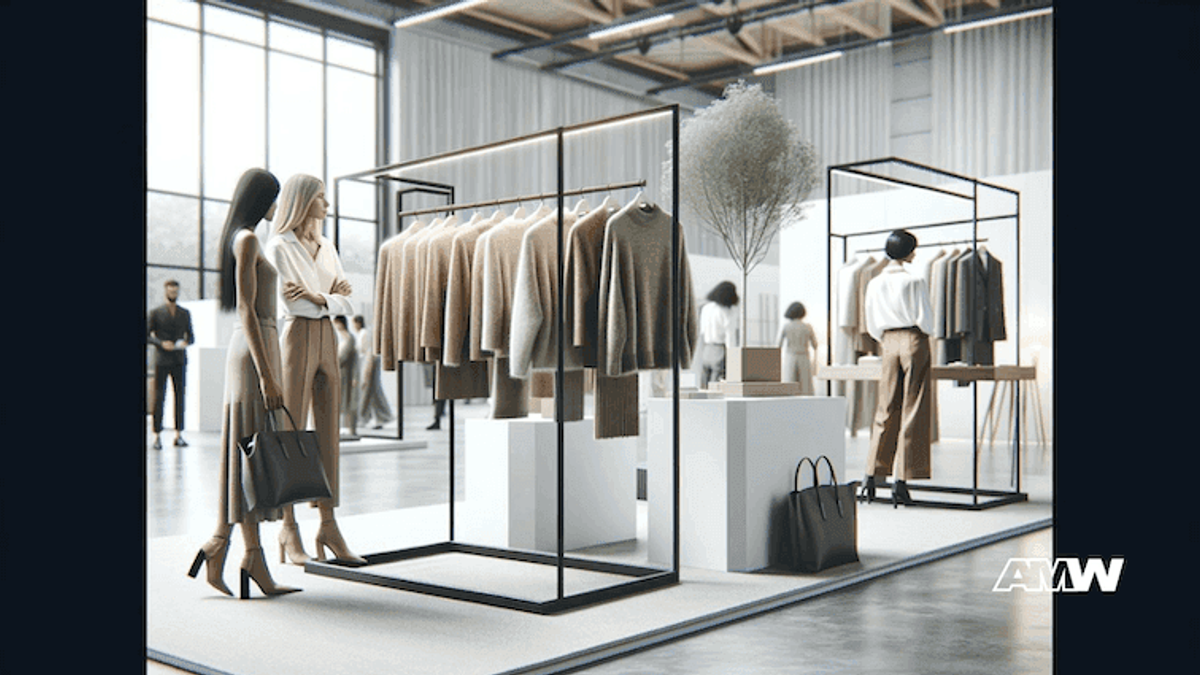
Participating in fashion trade shows presents various strategic benefits for brands and buyers. These fantastic fashion trade shows are not just events but pivotal experiences where the latest trends are unveiled and where every handshake has the potential to turn into a lucrative business opportunity.
For instance, a newcomer might discover contemporary apparel's unique appeal at a leading industry event in Las Vegas. At the same time, established brands may find themselves reevaluating their position against the latest offerings from competitors.
The primary allure for many attendees is the ability to observe market trends firsthand. Fashion trade shows like those held annually in New York or the seasonal apparel trade shows in Los Angeles indicate what consumers will demand next season.
For designers, these events offer a firsthand look at new trends in men's clothing, women's apparel, and even niche markets like children's apparel, providing essential insights that could influence their next collections.
Moreover, these gatherings are crucial for conducting competitor analysis. Standing shoulder to shoulder with fellow designers and business partners under one roof, brands get a live snapshot of where they stand in the market. This real-time benchmarking is invaluable, as it helps businesses adjust strategies and product lines to meet consumer demands better.
Additionally, trade shows are exceptional for sourcing new products and potential business partners. They are the meeting points where potential buyers browse thousands of products, from footwear to jewelry, scouting for new additions to their retail or online stores.
These events allow apparel brands to showcase new lines to a concentrated audience of fabric buyers and independent boutiques, making them essential for expanding distribution channels.
Preparing for a Trade Show
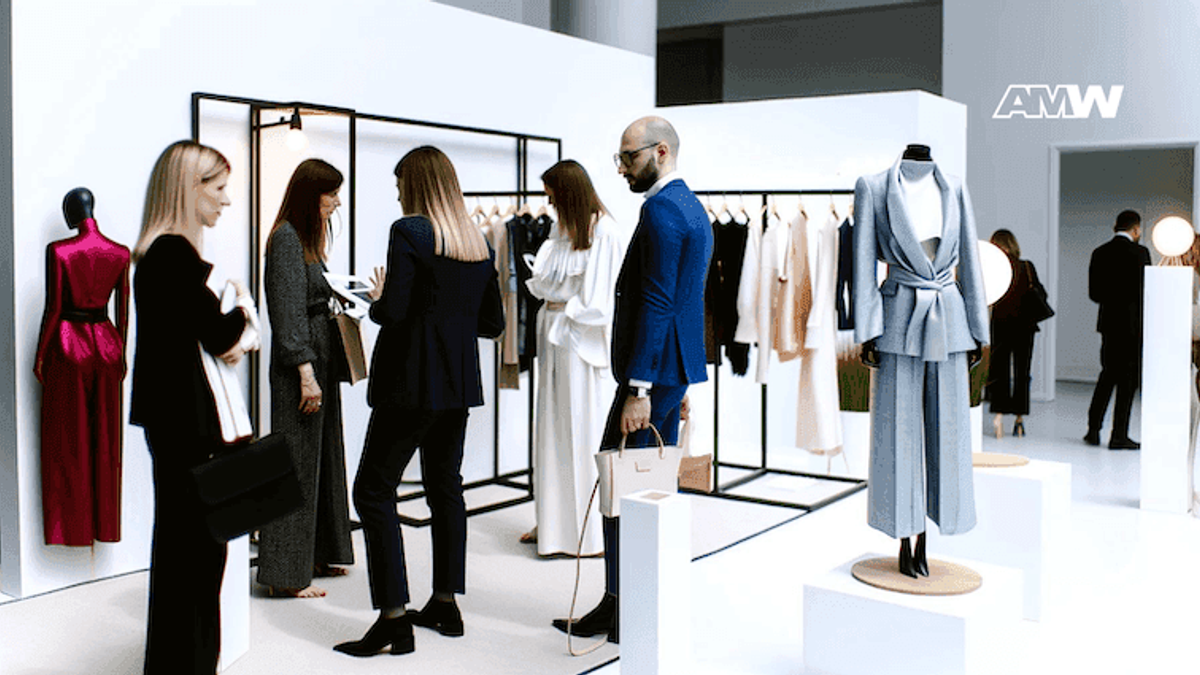
For brands, the preparation for a trade show begins long before the event organizers open the doors to the crowd. Designing an engaging booth that captures the brand's essence while attracting attendees is crucial.
A well-thought-out booth design should reflect the brand's aesthetic and be functional, allowing easy interaction with products and representatives. For instance, a children's clothing line might opt for playful, interactive displays that engage buyers and the little ones who are the end consumers.
In addition to booth design, another critical step is preparing compelling promotional materials that attendees can take with them.
These might include lookbooks, brochures detailing the clothing line, or digital content accessible via QR codes. These materials should succinctly communicate the brand's vision and upcoming collections, ensuring the brand remains memorable long after the event.
For buyers, maximizing their visit to a trade show means meticulous planning and strategic networking. Before arriving in New York City or any other host city, buyers should plan their appointments with key players and brands they are interested in.
Knowing what questions to ask can differentiate between a fruitful discussion and a missed opportunity. Questions might focus on production capabilities, minimum order quantities, or the potential for exclusive partnerships.
Effective networking at trade shows also involves a proactive approach to meeting new brands and fellow designers. Attending educational seminars and participating in networking events are excellent ways for buyers to deepen their industry knowledge and meet like-minded professionals in an informal setting.
Whether a panel discussion at a trade fair in Cape Town or a casual meet-up in Long Beach, every interaction is a chance to forge new business relationships and gain insights that could influence future purchasing decisions.
In conclusion, whether gearing up to display at a trade show or planning a visit as a buyer, preparation is as critical as the event itself. With the right approach, every fashion or apparel trade show becomes a doorway to new possibilities in the vibrant fashion world.
Navigating the Event
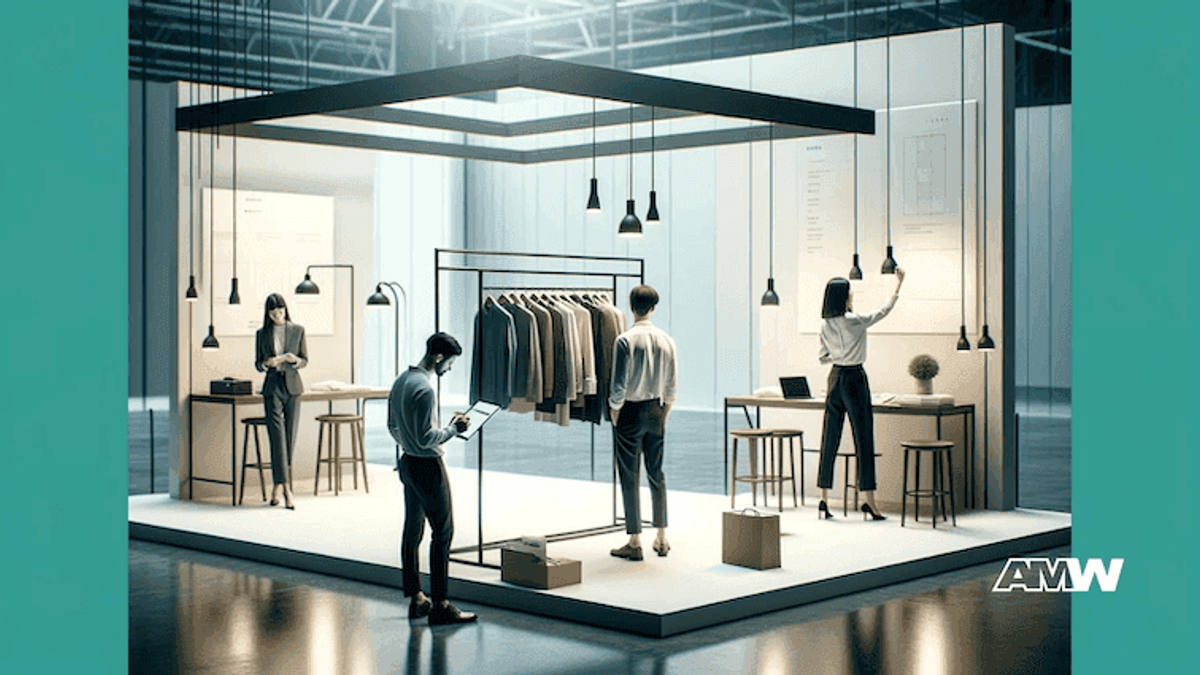
Navigating a trade show is both an art and a science. Regarding what to wear, the mantra is professional yet comfortable.
In the fashion industry, your attire speaks volumes about your brand identity, whether you're showcasing women's apparel in New York or contemporary fashion at a Las Vegas event. Opting for a stylish and professional look sets the right tone.
For example, wearing a smart ensemble of the latest trends from your line promotes your brand and aligns with the industry's high standards. Remember, the goal is to embody the essence of your brand while being approachable to fellow designers and potential business partners.
Scheduling your day at a trade show requires strategic planning to ensure you maximize every minute. Start by reviewing the event schedule, available on the event organizer's website or at the venue. Prioritize which talks and educational seminars to attend, which are invaluable for staying updated with industry insights and new trends.
Balance these with dedicated time slots for exploring new brands at the trade fair and engaging with key players. Allow flexible time for spontaneous meetings and networking opportunities often occur in these dynamic environments.
Leveraging Trade Shows for Long-Term Benefits
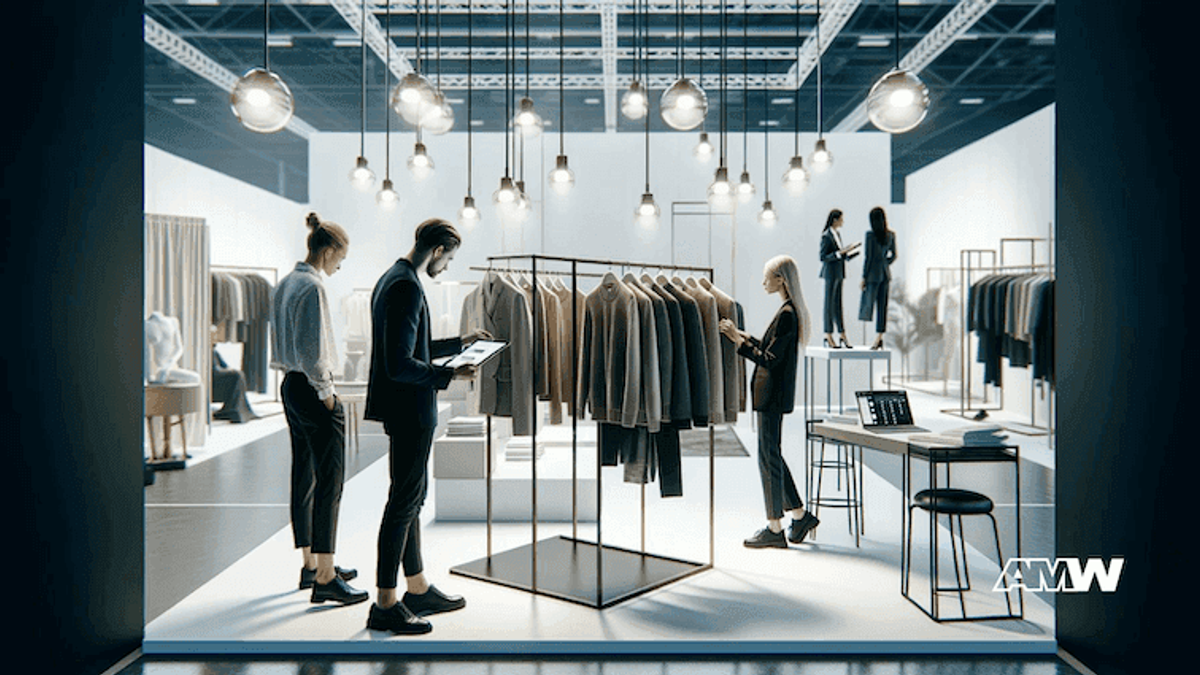
The real work often begins after the trade show doors close. Effective follow-up strategies are crucial for transforming brief encounters into lasting business relationships and potential collaborations. Within a few days following the event, reach out to the contacts you made with a personalized thank you message, remind them of your meeting, and express your interest in exploring potential opportunities.
This could involve setting up further meetings, sending samples, or providing detailed proposals on how you can work together.
Analyzing the insights gathered during the trade show is equally important. Sit down with your team to review notes and discuss observations about new market trends, competitor products, and potential buyer interests. This post-show analysis is vital for integrating real-world insights into your business strategies.
For instance, if you noticed a high demand for men's fashion accessories at a particular show in Los Angeles, consider how you might expand your product line or adjust your marketing strategy to capture this growing segment.
To create a comprehensive follow-up list:
- Utilize the data collected from business cards, brochures, and notes during panel discussions.
- Evaluate which connections have the most potential for your growth objectives and prioritize these for immediate engagement.
- Remember, the timely and strategic application of the knowledge and networks gained at trade shows can significantly influence your brand's trajectory in the competitive landscape of the fashion industry.
In conclusion, whether you are a seasoned exhibitor or a first-time attendee, understanding how to navigate and leverage the potential of fashion trade shows can transform them from overwhelming events into strategic, career-defining opportunities. By dressing appropriately, planning your schedule wisely, and implementing robust follow-up strategies, you can ensure that each trade show is a step forward in your fashion career.
Trends and Innovations

Every year, the fashion industry's pulse is measured at various international trade shows where innovation and new trends emerge. Recently, these events have showcased not just the latest in contemporary apparel and accessories but have also highlighted significant advancements in technology and sustainability within the industry.
For instance, at a recent trade fair in New York City, a notable trend was the rise of smart textiles in women's apparel. These innovative fabrics, capable of changing color or temperature based on environmental factors, are setting a new standard for fashion functionality. Meanwhile, a children's clothing line in Los Angeles introduced garments made from 100% recycled materials, reflecting a growing commitment to sustainability that resonates with eco-conscious buyers and retailers.
Technology integration has also made waves, particularly in the accessories market. At a trade show in Las Vegas, a new line of bright jewelry that monitors health metrics while remaining stylish and discreet drew significant attention, illustrating how technology can add value to traditional fashion pieces.
Conclusion
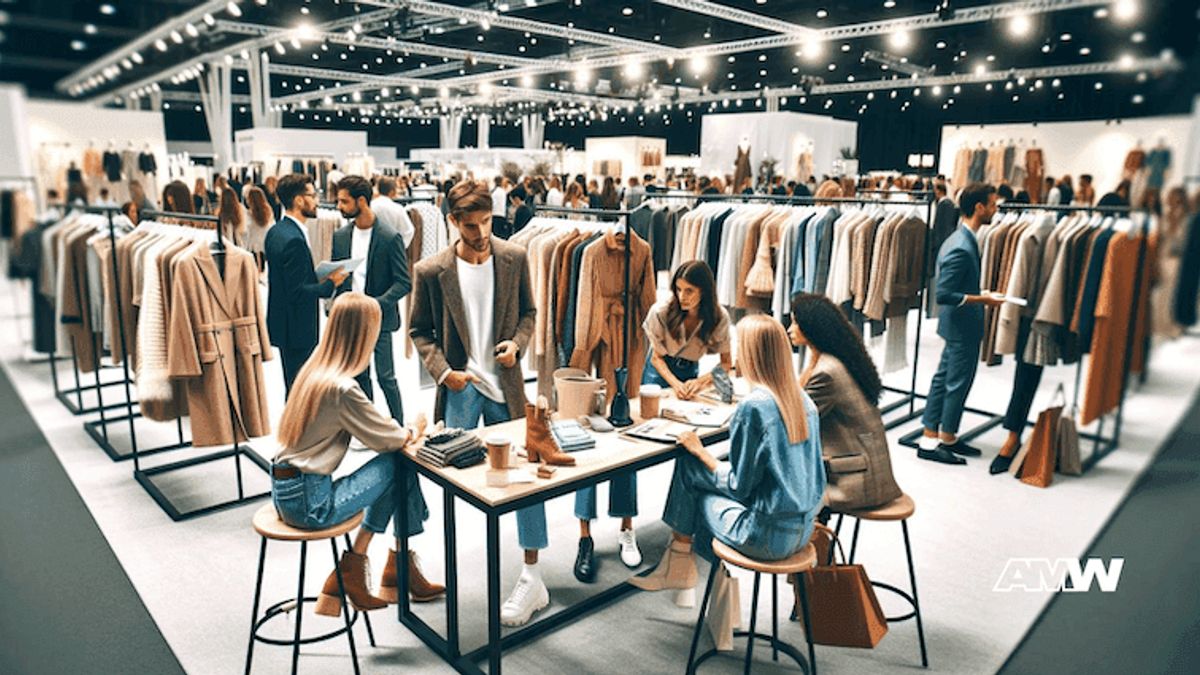
As we look to the fashion industry's future, the role of fashion fairs and trade shows cannot be overstated. These events offer more than just a platform to exhibit new collections; they are vibrant hubs of creativity, innovation, and networking.
By participating in these events, brands and designers keep their fingers on the pulse of the latest trends and engage with fellow designers, potential business partners, and buyers under one roof.
The impact of technology and a shifting focus towards sustainability are shaping how fashion is produced, marketed, and consumed. Staying abreast of these changes is crucial, and there's no better place to start than at the next industry event.
Whether sourcing new materials at an apparel trade show, learning about the next big thing in men's fashion at a seminar, or networking with key players in the New York fashion scene, these gatherings provide invaluable opportunities for growth and innovation.
So, as you plan your business strategies and expand your market reach, consider how these trade shows can catalyze your brand. Leverage these opportunities to showcase your designs and imbibe new ideas, forge meaningful connections, and propel your business into the global fashion arena.
Remember, in an industry that thrives on creativity and innovation, each trade show is more than an event—it's a stepping stone to future success.
FAQ
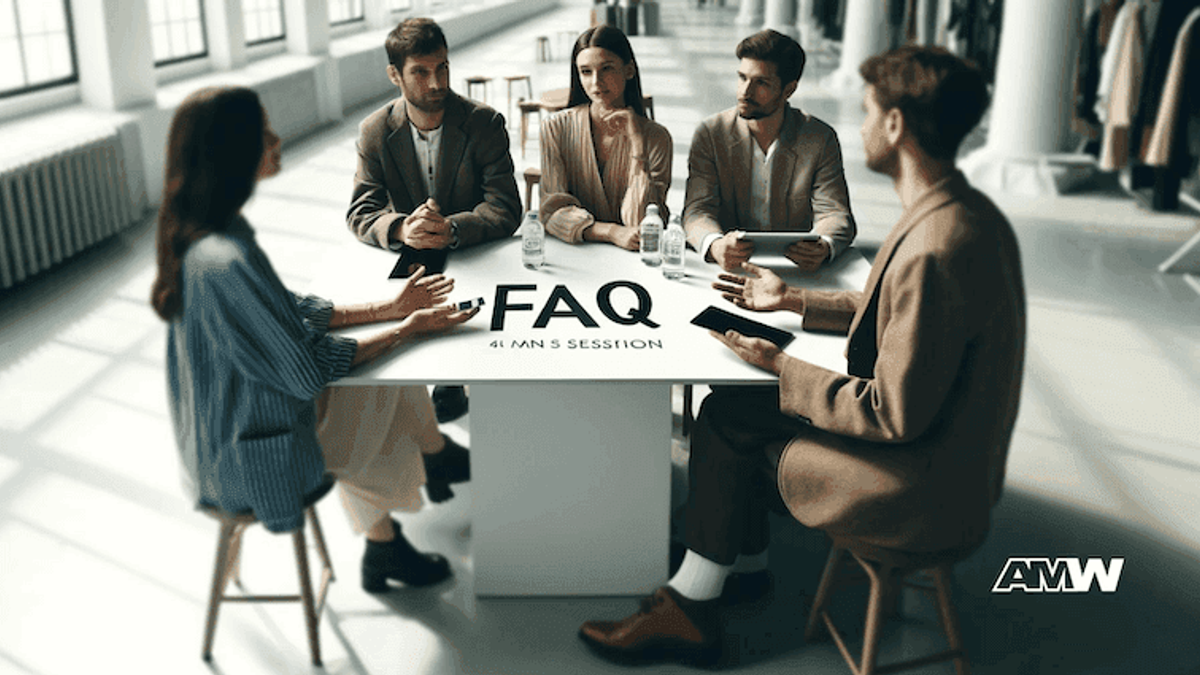
What is a fashion trade fair?
A fashion trade fair is an industry-specific event where brands unveil their latest collections to a targeted audience of buyers, media, and industry influencers. These fairs are crucial for apparel sourcing and serve as a marketplace for designers to showcase new products, from contemporary fashion to children's clothing and everything in between.
Who goes to fashion trade shows?
Fashion trade shows attract diverse participants, including fashion professionals, buyers from major department stores and independent boutiques, media representatives, and industry influencers. These events offer invaluable networking opportunities for established brands and emerging designers seeking to make their mark in fashion.
What do you wear to a trade show?
The attire for a trade show should be professional yet comfortable, reflecting current fashion trends. Whether it's men's fashion in Los Angeles or women's apparel in New York, dressing in a manner that represents your brand while being practical for long days on the trade show floor is key. Opting for smart, versatile pieces that can transition from business meetings to casual networking events is recommended.
Why are trade shows used in marketing fashion products?
Trade shows play an important role in the marketing strategies of fashion brands. These events provide a platform to launch new collections, generate industry buzz, and directly engage with potential buyers and media. They are an opportunity to make a physical impression in an increasingly digital market and are essential for testing market reactions to new lines.
What happens at fashion trade shows?
Fashion trade shows are dynamic events that combine runway shows, networking opportunities, and business meetings under one roof. Event organizers meticulously plan these gatherings, which include educational seminars, product demonstrations, and scheduled appointments between designers and buyers. These interactions often lead to collaborations and sales, making trade shows a linchpin in the contemporary apparel industry.
How do fashion trade shows work?
The operational setup of a fashion trade show involves meticulous planning, from booth design to event scheduling. Brands typically set up booths highlighting their latest clothing lines and accessories to attract and engage attendees. Throughout the event, scheduled meetings, impromptu networking sessions, and seminars educate attendees about the latest trends and business practices in the fashion industry.
How do I find vendors for a trade show?
Finding the right vendors for a trade show involves researching vendors who align with your brand's aesthetic and market needs. Start by identifying vendors specializing in your niche, whether women's, men's, or children's apparel. Attending other trade shows, networking with fellow designers, and engaging with industry professionals at events like Salt Lake City or Cape Town can provide leads and recommendations. Ensure that the vendors you choose are reputable and capable of delivering the quality and quantity required for a successful show.
By understanding these fundamental aspects of fashion trade shows, brands, and designers can better prepare and capitalize on these events' opportunities. Whether you are a seasoned exhibitor or a newcomer to the trade show scene, these insights can help you navigate, leverage, and succeed in the vibrant and ever-evolving fashion industry.
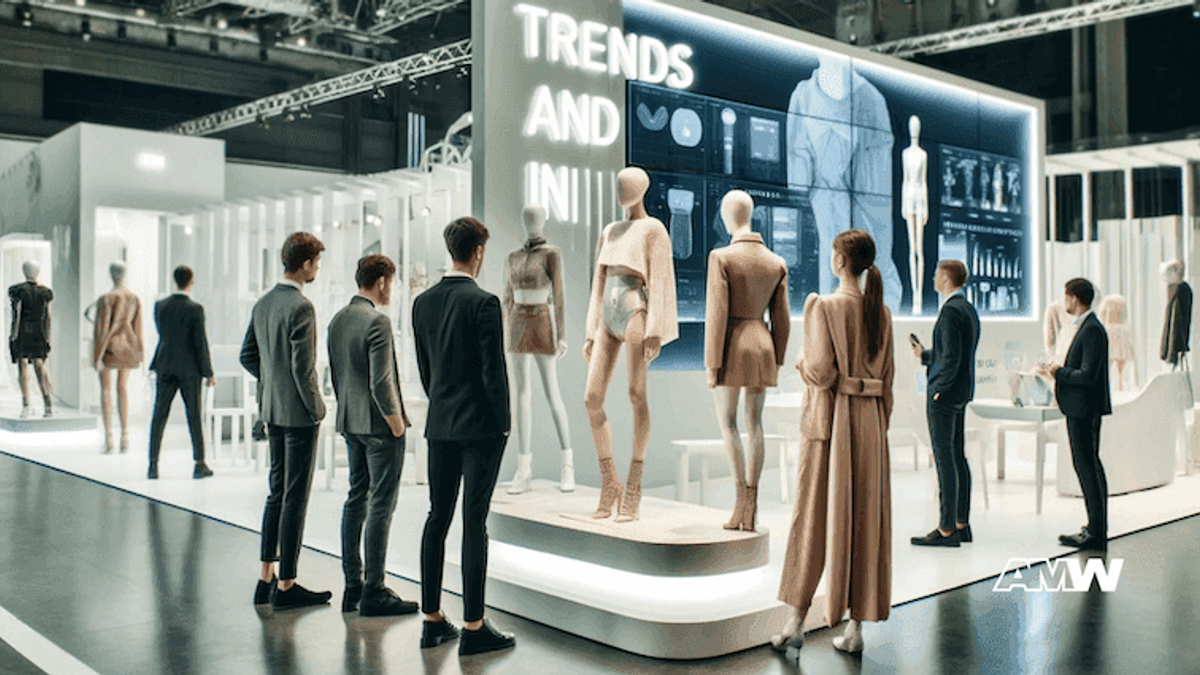
AMW is a founder & ceo at AMW.